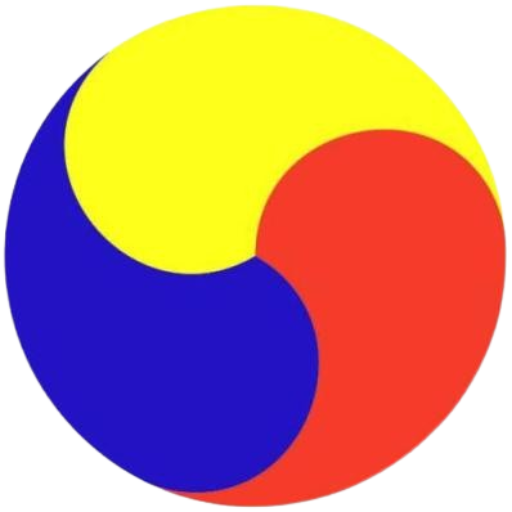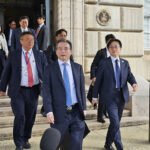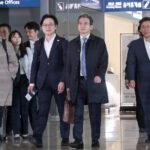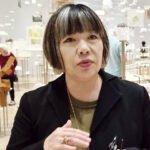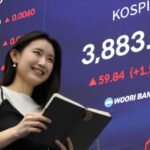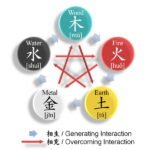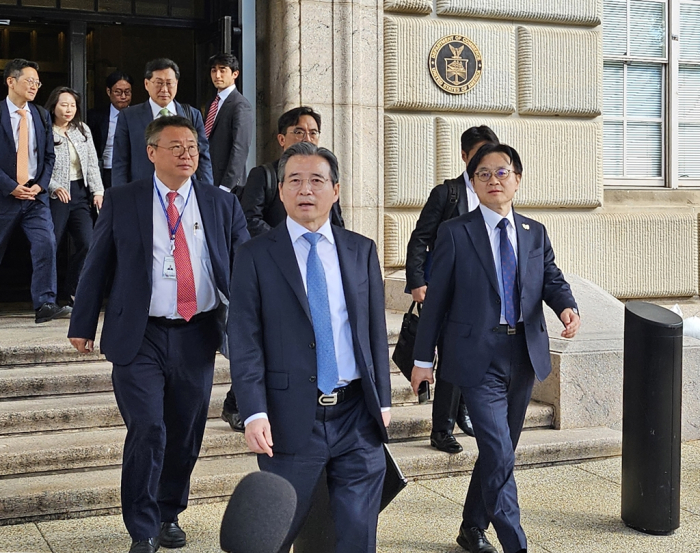
With the Asia-Pacific Economic Cooperation (APEC) summit in Gyeongju just days away, South Korea and the US have effectively concluded their final round of face-to-face trade and tariff negotiations, leaving the outcome in the hands of Presidents Lee Jae Myung and Donald Trump.
Trade and Industry Minister Kim Jung-kwan and Presidential Policy Chief Kim Yong-beom met with US Commerce Secretary Howard Rutnick for about two hours on Tuesday at the Commerce Department in Washington, D.C., capping two consecutive weeks of high-stakes talks to finalize the US-Korea trade and tariff agreement outlined in late July.
After the meeting, Kim Yong-beom told reporters that the two sides had “discussed many of the remaining issues and made some progress, though “a few” sticking points remained.
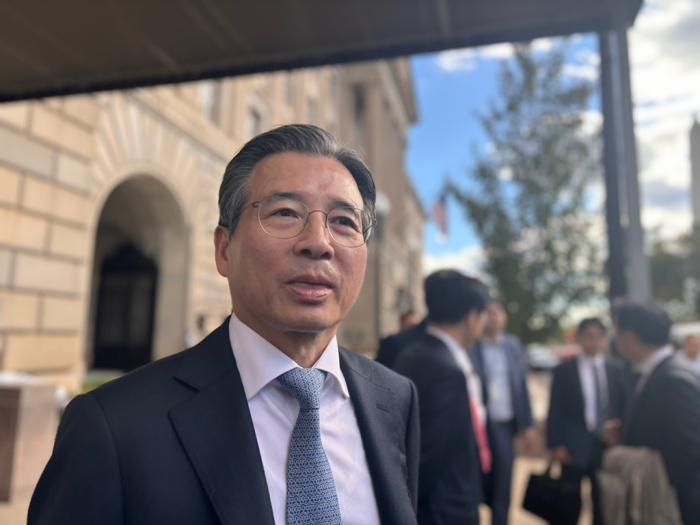
Any further consultations will likely take place virtually, he said, suggesting that the working-level process is now complete.
The negotiations’ conclusion effectively shifts responsibility to the political level.
Whether Trump and Lee can strike a deal during their planned APEC summit meeting, expected on Oct. 29, will determine if the long-delayed trade pact is finally sealed, analysts said.
INVESTMENT FUND STRUCTURE AT HEART OF TALKS
At the core of the talks lies a Seoul-proposed $350 billion US investment package, covering industrial and energy projects.
Seoul has sought flexibility over how the funds are paid, arguing for staggered payments and a mix of cash and credit guarantees, while Washington has pressed for an up-front cash commitment.
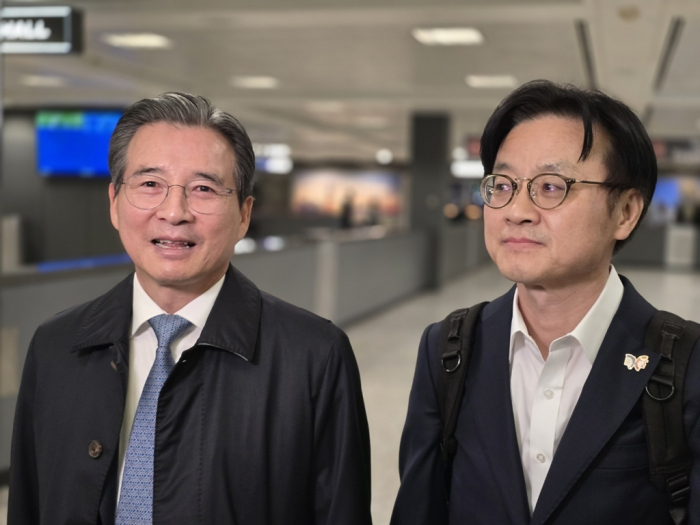
The issue has become a test of political will between the two leaders.
Trump has repeatedly touted the investment as a symbol of his administration’s success in restoring “fair trade” with allies, while Lee’s team is focused on ensuring that the deal does not destabilize Korea’s financial markets.
“The question is whether Trump will accept a phased payment plan that extends beyond his current term,” said a Seoul-based trade official. “That’s what will determine whether the deal gets done.”
‘EIGHT-YEAR PAYMENT PLAN’ FLOATED
Korean media have reported a possible eight-year plan involving $25 billion in annual payments, totaling $200 billion in cash, with the remaining $150 billion structured through credit guarantees.
Trump, whose term ends in January 2029, is said to prefer receiving the bulk of funds within his tenure.
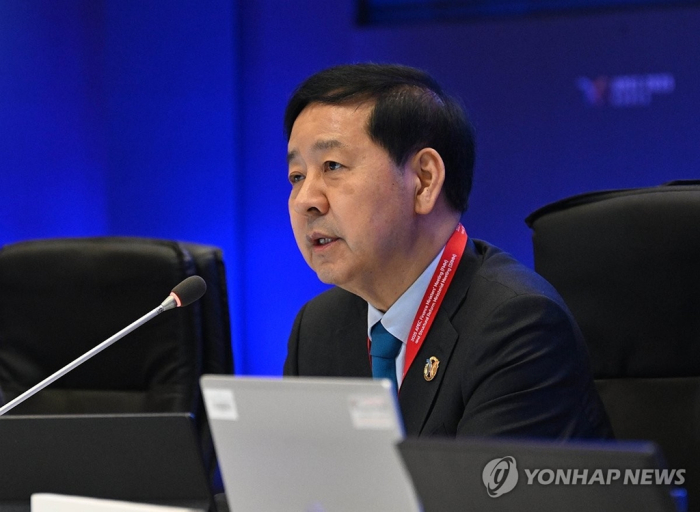
Industry Minister Kim Jung-kwan hinted earlier this week that Washington’s stance has softened, saying the US “is not insisting on a full up-front cash investment,” suggesting movement toward a compromise.
The timing of the talks also reflects the broader geopolitical backdrop.
The US and China are locked in a renewed economic confrontation: Beijing has imposed export controls on rare earth materials, while Washington has floated 100% tariffs on Chinese goods.
Analysts said Trump may wish to showcase progress with allies like South Korea ahead of an expected meeting with Chinese President Xi Jinping during APEC.
“A successful deal with Seoul would help project unity among US allies,” said a political analyst in Seoul.
Diplomatic sources said that related agreements, covering defense cost-sharing, nuclear cooperation and alliance modernization, could also be unveiled during the Trump-Lee summit during APEC.
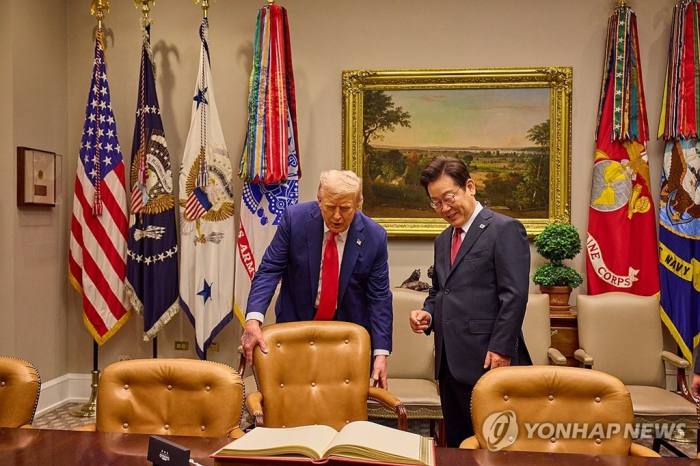
SEOUL FOCUSES ON INVESTMENT STRUCTURE, NOT SWAP LINES
In a recent interview with Bloomberg TV, Deputy Prime Minister and Finance Minister Koo Yoon-cheol said Seoul’s focus is on the structure of the $350 billion investment rather than on a new currency swap line with Washington.
He said that US officials, including Treasury Secretary Besant, “understand the potential stress on Korea’s foreign exchange market” if the full amount were paid up-front.
The investment’s configuration, Koo said, would determine whether any swap arrangement is necessary.
“It might not be needed at all, or it could be limited in scope depending on how the investment is designed,” he said.
The finance minister also said that Seoul has been pressing Washington to address the 25% tariff imposed on Korean cars, 10 percentage points higher than the rate applied to Japanese vehicles.
“The recent weakness of the won reflects uncertainty around the unresolved negotiations,” he said. “Once the tariff issue is resolved, that uncertainty will disappear.”
By In-Soo Nam
isnam@hankyung.com
Jennifer Nicholson-Breen edited this article.
